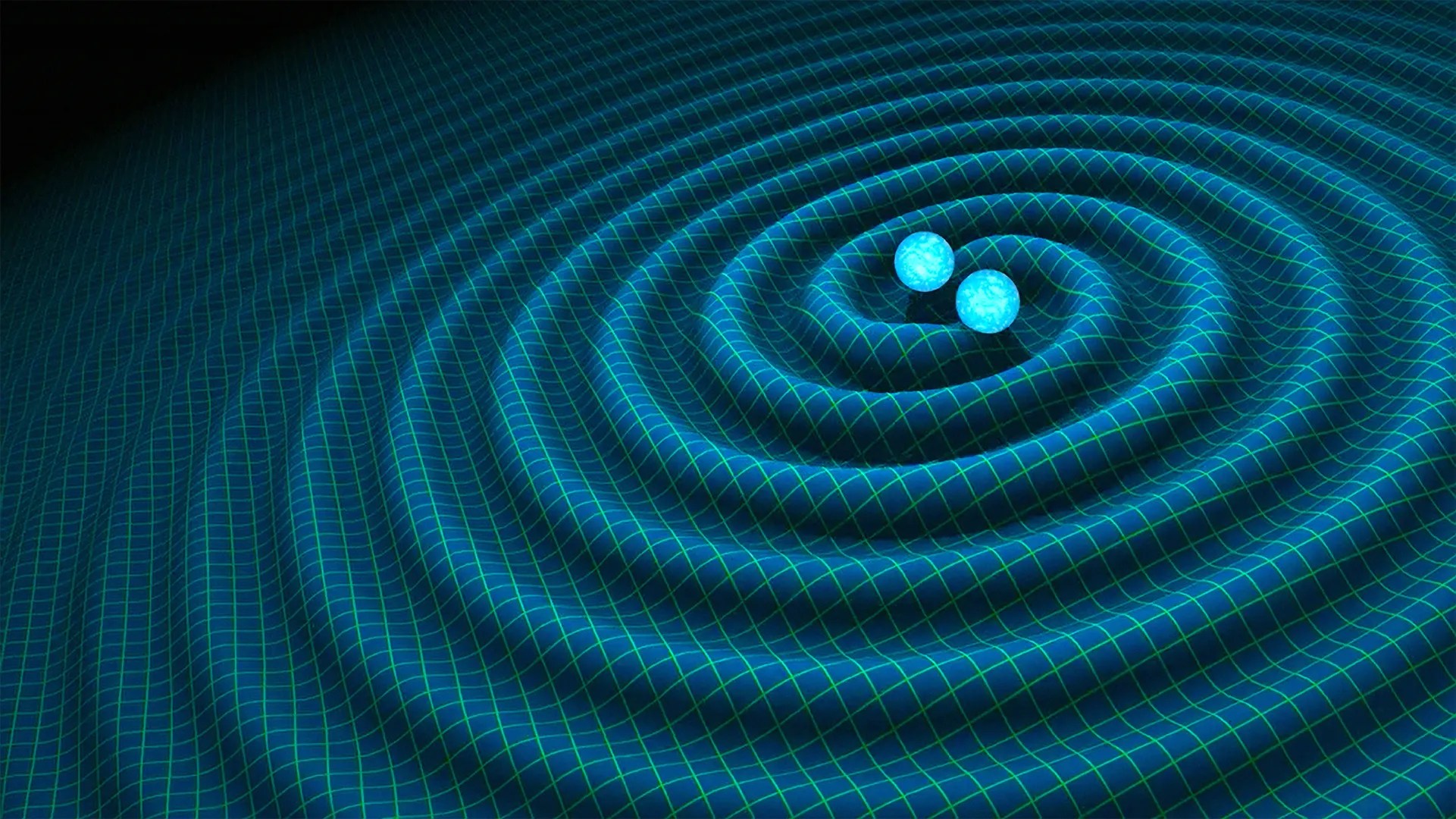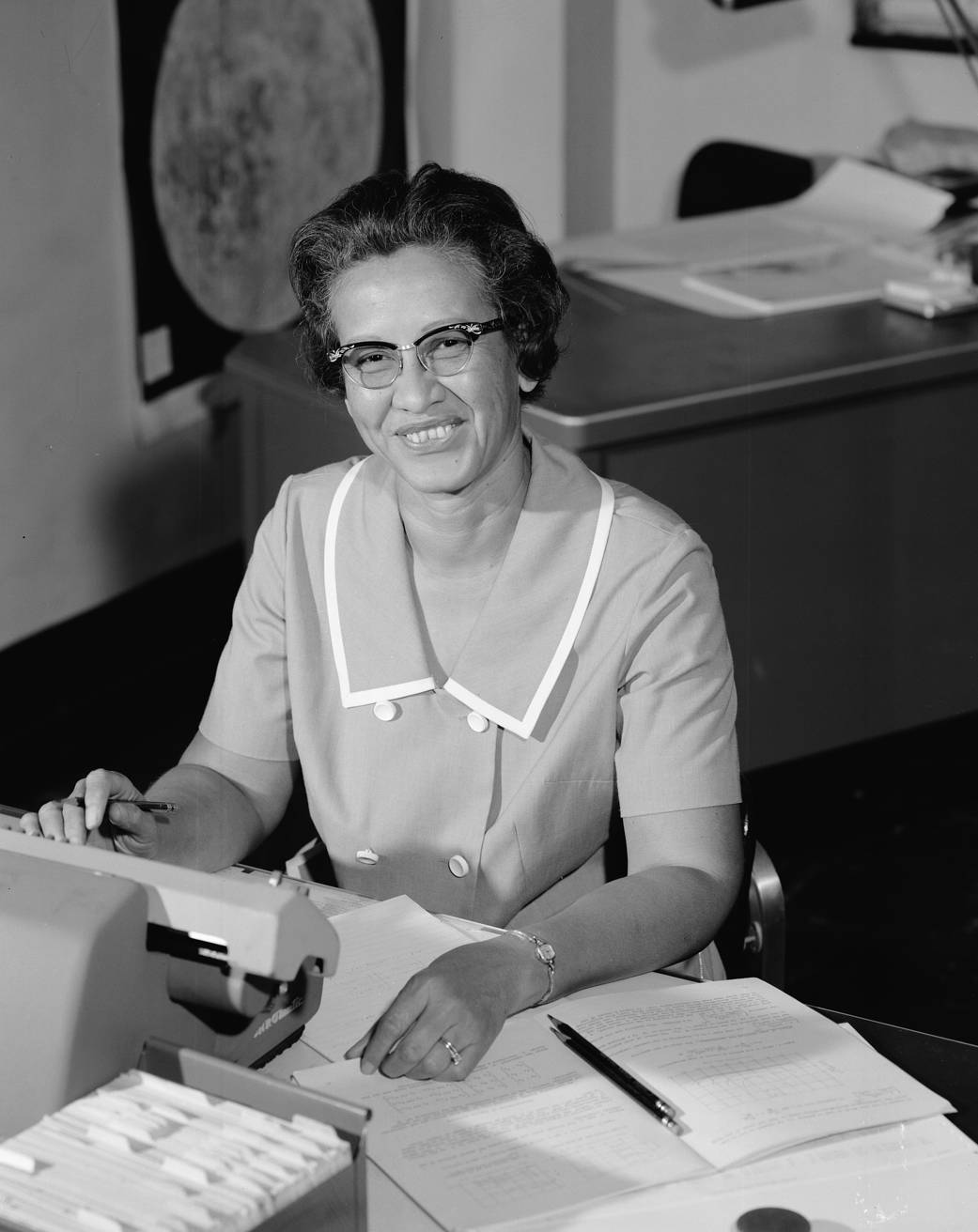Before microchips, before electronic calculation, before nanosecond data processing, the human brain deciphered the most difficult numeric equations. In NASA’s early years that meant flesh-and-blood computers, mathematically gifted individuals tasked with analysis and verification of complex aerospace data.
Among NASA’s human computers, today one of the most recognized is Katherine Johnson.
Precocious and obsessed with and by numbers, Johnson, born in 1918, made her mark early, attending at the age of 13 high school on the campus of historically black West Virginia State College. At 18 she enrolled in the college itself, where she made quick work of the school’s math curriculum, graduating with high honors and finding a teaching job at a black public school in Virginia.
In 1953 she was hired at Langley’s all-black West Area Computing Section, headed by fellow West Virginian Dorothy Vaughan. Johnson would become an integral part of the Space Task Group, a core group of researchers who made American manned space travel a reality.
She did trajectory analysis for Alan Shepard’s May 1961 mission, Freedom 7, America’s first human spaceflight. Johnson verified the orbital equations controlling the trajectory of the capsule in John Glenn’s Friendship 7 mission, from blastoff to splashdown — calculations that would help to sync Project Apollo’s Lunar Lander with the moon-orbiting Command and Service Module.
Johnson also worked on the space shuttle and the Earth Resources Satellite, and authored or co-authored 26 research reports. After 33 years at Langley, Johnson retired in 1986.
Medal of Freedom
In 2015, at age 97, Katherine Johnson added another achievement: the Presidential Medal of Freedom, America’s highest civilian honor, bestowed by President Barack Obama.
An additional honor awaited; at age 98, on May 5, 2016, she returned to Langley, on the 55th anniversary of Alan Shepard’s historic flight, to attend a ceremony where a $30-million, 40,000-square-foot Computational Research Facility was named in her honor. Johnson also received a Silver Snoopy award, given for outstanding contributions to flight safety and mission success.
Katherine Johnson and a number of her West Area colleagues are the subjects of the film “Hidden Figures,” based on the book of the same name by Margot Lee Shetterly. “Hidden Figures” was chosen by National Board of Review as one of 2016’s top 10 films, nominated for three Oscars and the recipient of a number of awards and accolades.
Learn More:She Was a Computer When Computers Wore SkirtsKatherine Johnson: The Girl Who Loved to CountWho is Katherine Johnson? (K-4)Katherine Johnson Biography
NASA Image of the Day: Katherine Johnson at Work, 1962NASA Langley’s Katherine Johnson pageFrom Hidden Figures to Modern Figures



























